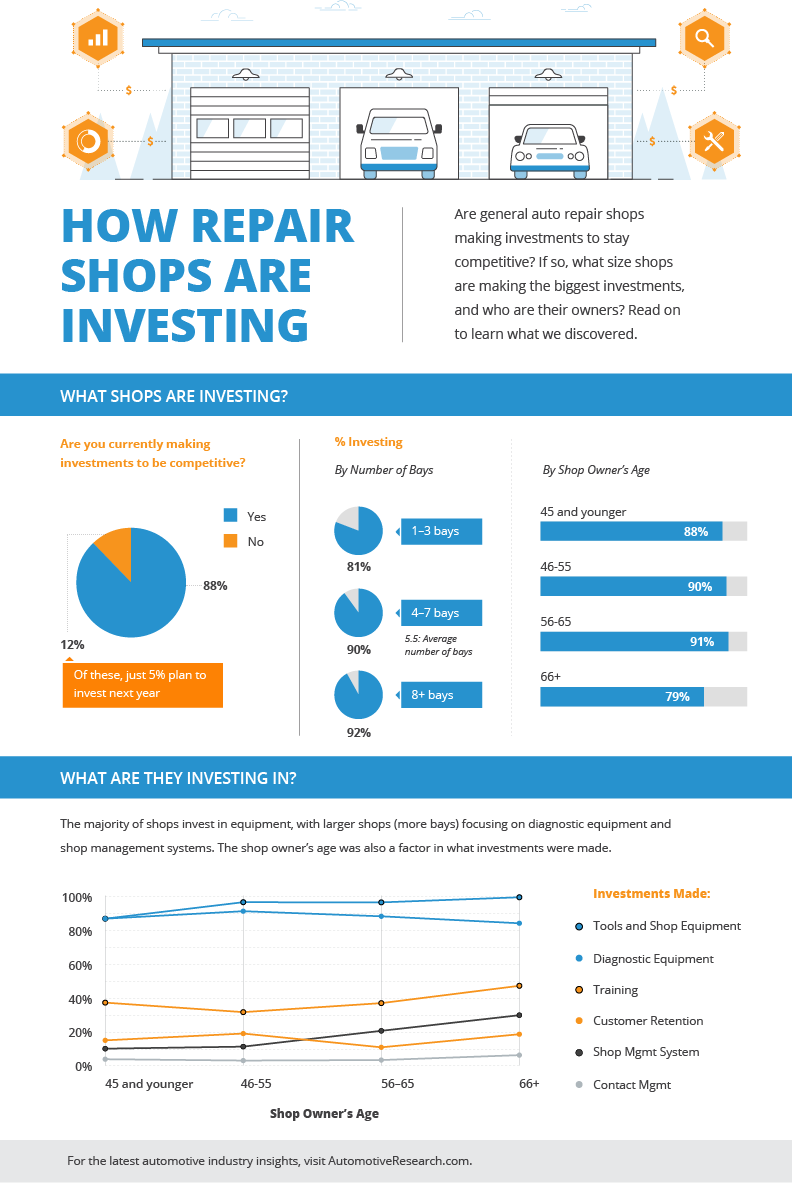Assessing Your Automobile'S Caution Indicators: What They Really Communicate
Assessing Your Automobile'S Caution Indicators: What They Really Communicate
Blog Article
Created By-Termansen Winters
When you lag the wheel, those beautiful caution lights on your dashboard can be a little bit bewildering. Do you recognize what they're attempting to inform you regarding your car's wellness? Understanding the importance of these lights is important for your safety and security and the long life of your car. So, the next time one of those lights turns up, wouldn't you intend to decode its message precisely and take the necessary actions to address it?
Common Warning Lights and Interpretations
Recognize usual warning lights in your auto and comprehend their definitions to make sure safe driving.
One of the most regular caution lights consist of the check engine light, which signifies concerns with the engine or discharges system. If this light begins, it's essential to have your car examined promptly.
The oil stress warning light indicates low oil stress, requiring immediate focus to stop engine damage.
A blinking battery light may recommend a malfunctioning charging system, potentially leaving you stranded otherwise attended to.
The tire stress surveillance system (TPMS) light alerts you to low tire pressure, impacting lorry security and gas effectiveness. Disregarding this can bring about unsafe driving problems.
The abdominal light shows a trouble with the anti-lock braking system, endangering your capability to stop promptly in emergencies.
Lastly, the coolant temperature level warning light warns of engine getting too hot, which can result in extreme damage if not fixed promptly.
Understanding these usual caution lights will certainly help you resolve issues immediately and keep secure driving conditions.
Relevance of Prompt Focus
Understanding the common caution lights in your automobile is just the very first step; the importance of immediately attending to these warnings can't be emphasized sufficient to guarantee your safety and security when driving.
When a caution light brightens on your dashboard, it's your automobile's way of connecting a possible concern that needs attention. Disregarding these warnings can result in much more severe troubles down the road, jeopardizing your security and potentially costing you much more out of commission.
Prompt attention to advising lights can avoid break downs and accidents. As https://cyclingtips.com/2022/02/cool-tool-tuesday-building-a-cycling-tool-kit-the-foundations/ , a blinking check engine light can indicate a misfire that, if left ignored, could trigger damages to the catalytic converter. Addressing this without delay can save you from an expensive repair.
Likewise, a brake system alerting light may signal low brake liquid or worn brake pads, critical parts for your safety when driving.
Do It Yourself Troubleshooting Tips
If you discover a warning light on your dashboard, there are a few DIY repairing tips you can attempt before seeking professional assistance.
The initial step is to consult your automobile's guidebook to understand what the certain caution light indicates. Sometimes the problem can be as basic as a loose gas cap causing the check engine light. Tightening up the gas cap may deal with the trouble.
One more usual concern is a reduced battery, which can set off numerous warning lights. Inspecting the battery links for corrosion and guaranteeing they're safe and secure may deal with the issue.
If a caution light lingers, you can attempt resetting it by disconnecting the auto's battery for a couple of mins and afterwards reconnecting it. In addition, inspecting your car's fluid degrees, such as oil, coolant, and brake liquid, can assist troubleshoot alerting lights connected to these systems.
Final thought
To conclude, comprehending your automobile's warning lights is essential for keeping your car running efficiently and safely. By without carcoatingnz dealing with these alerts and understanding what they suggest, you can avoid costly repairs and possible malfunctions.
Keep in mind to consult your automobile's handbook for specific details on each cautioning light and do something about it accordingly to guarantee a trouble-free driving experience.
Keep informed, stay risk-free on the road!
